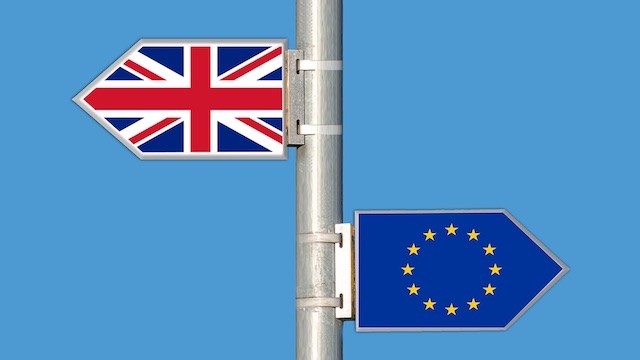If you have been keeping an eye on the news from across the pond, you will know that the U.K. seems to be ramping up for a no-deal Brexit. What does this mean in simple terms? It means that many of the arrangements currently in operation between the U.K. and the E.U. will likely remain in place for the time being.
While this is the opposite of what hardline Brexiters were hoping for, it may also impact the way in which we invest in Britain. Let’s review a few reasons why that may be the case, and look at a few ways to Brexit-proof a portfolio.
Limiting exposure to the U.K. might be a good idea — for now
There had been some rumours doing the circuits that a hard Brexit (in which the U.K. tears up all the old agreements with the E.U.) would leave the U.K. free to sign new and exciting trade deals with the rest of the world, perhaps with a focus on strengthened ties with the U.S.
However, not only does a hard Brexit currently seem unlikely, even if it were to take effect, the U.K. would be hard pressed to suddenly draw up multiple trade deals overnight. This certainly seems to have been the assumption of some economists and stock market commentators, but the closer March 2019 gets, the less realistic it feels.
Brexit is almost certainly going to have a deleterious effect on global stock markets. Therefore, investors may seek to limit their exposure beforehand, or at the very least ensure that their British assets are muscular enough to flex with the market.
Is Canadian gold still a good Brexit play?
The Brits don’t seem to be able to get enough of our gold, so if you wanted to stay invested in British trade, then this seems a fairly secure way to do so. However, auto and aviation stocks with direct exposure to the U.K. may be a liability. Likewise, anything that is connected to British consumers, especially cyclical stocks, might be in the firing line.
In fact, gold may be a good investment at the moment, all told. While some analysts warned investors to stay away from banks following Turkey’s lira woes, the same advice may be applicable in the run up to Brexit.
One stock that is currently looking quite strong is Goldcorp (TSX:G)(NYSE:GG). It’s a bit overvalued compared to its future cash flow value, but its market fundamentals look good. A high P/E of 33.5 times earnings is to be expected, while a PEG of 1.3 times growth and P/B of 0.7 times book look nice and healthy.
If you’re looking for upside, Goldcorp is signalling a 25.6% expected annual growth in earnings, so expect to see that share price rise accordingly as investors get onboard. It’s a healthy stock with low debt, and it also pays a dividend, with the current yield being 0.72%.
The bottom line
Depending on how things go, next year could be a bad one for the Canadian auto industry. If U.S. auto tariffs of 25% get added and remain in place while a no-deal Brexit hits domestic U.K.-linked auto stocks, then shareholders could find themselves out of pocket.
In short, now is a good time to go through your portfolio and start Brexit-proofing. On the flip side, contrarians will have a lot of value opportunities to pick from over the next 6 months, and potentially more to follow.








